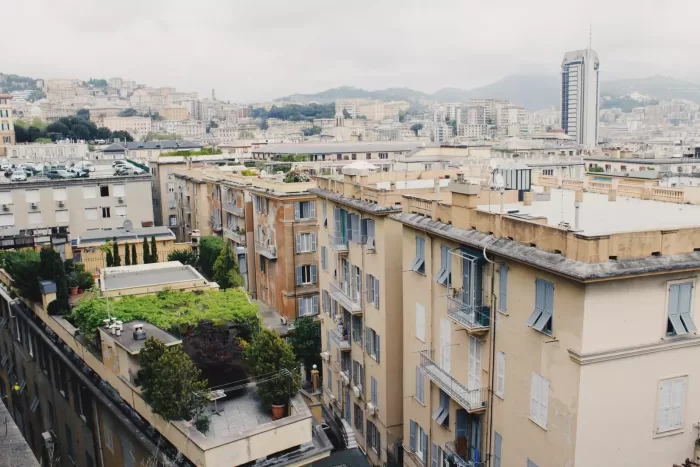by Lingshan Li, Ph.D. researcher, Concordia University
for World Economic Forum
Image: Unsplash/Jessie Brown / Small green spaces can make impressive contributions to lowering urban heat, but are often overlooked when developing urban cooling strategies.
-
During heatwaves, the highest temperatures are often found in urbanized areas where building materials readily absorb, store and release heat.
-
But small green spaces like yards, rooftops and areas of undeveloped land can significantly lower urban heat, research indicates.
-
Suburban yards and gardens can decrease local surface temperatures up to 5C, a recent study shows.
-
Cities should increase the planting of diverse vegetation and manage the configuration of small green spaces better to get more cooling benefits.
A recent World Meteorological Organization report called heat waves the “deadliest meteorological hazard” from 2015 to 2019, affecting people living on all continents, and setting new national heat records in many regions. Canada’s top weather event in 2021 was British Columbia’s record-breaking heat, according to Environment and Climate Change Canada. The temperature in Lytton, B.C., hit 49.6 C on June 29. The following day a wildfire destroyed 90 per cent of the town, killing two people and displacing 1,200 others.
Heat waves also exacerbate existing health issues, including cardiovascular and respiratory disease. They’re associated with increased hospital admissions, psychological stress and aggressive behavior, as well as excess mortality.


